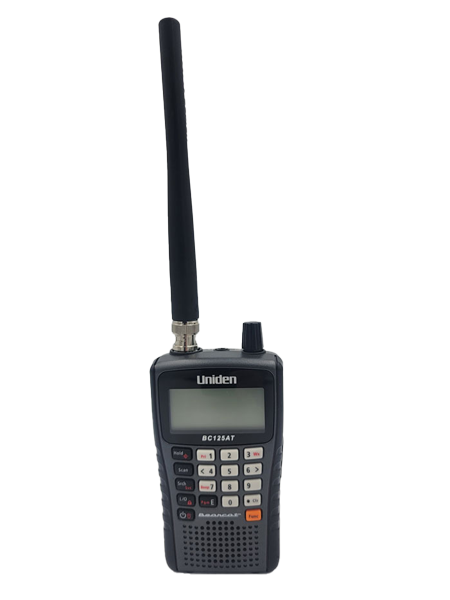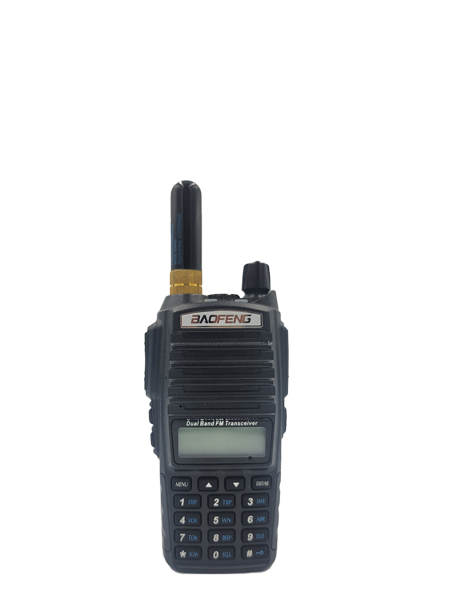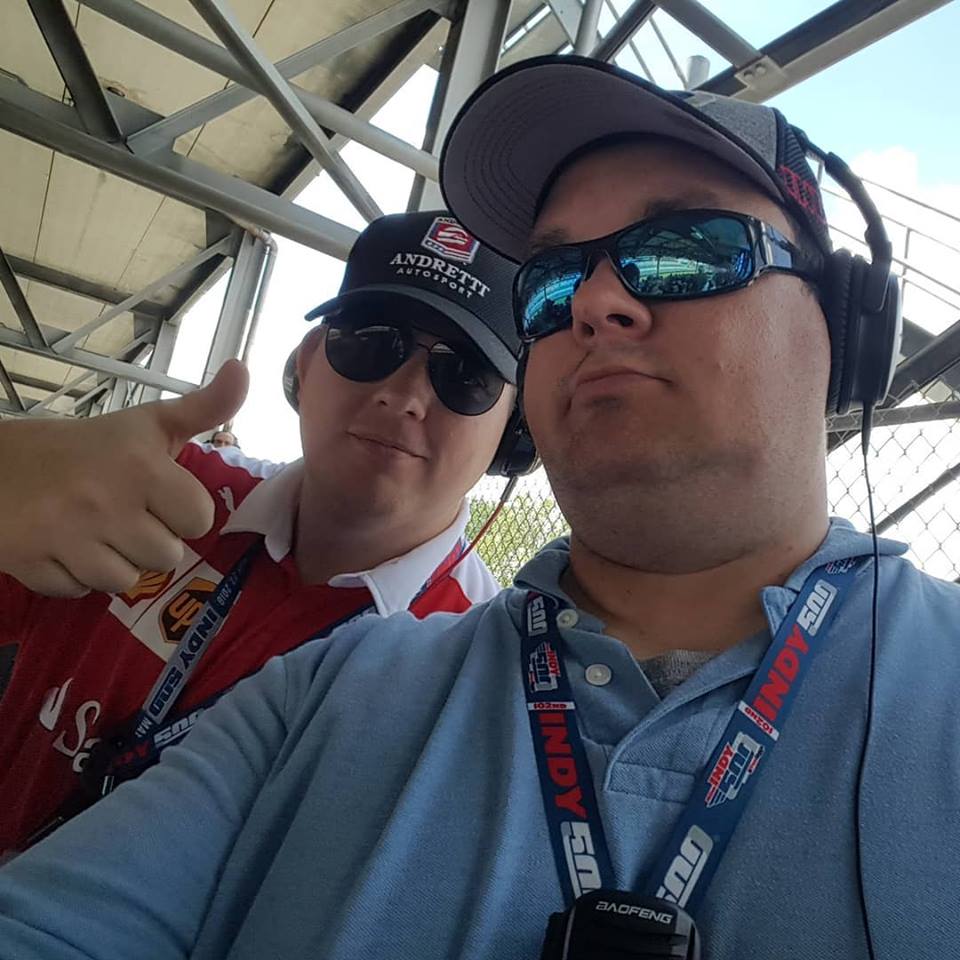2025 IndyCar
FREQUENCIES & GUIDE
Everything you need to Listen to IndyCar drivers on your own scanner
(Last updated: 7/17/2025)
Share This:
PROGRAMMING
HOW IT WORKS
Are you interested in listening to the drivers and race teams? Uniden and Baofeng radios are great choices. You can program them manually or use PC software for faster updates, handy for race frequencies. I gather updated lists from official sources like track spotter’s guides and Indy Speedway’s frequency guideI, adding extras like IMS radio network or safety crews. Note: these frequencies may change, So I try to keep the list organized with version numbers.
For the Indy GP and Indy 500, I have added local repeaters and amateur calling frequencies. You need a radio (not a scanner) and a license to transmit, but anyone can listen. If you are interested in getting a HAM license, check out ARRL Website. Otherwise, just listen in!
If you are only getting a scanner, I recommend the Uniden Bearcat BC125AT for under $120. It’s plug-and-play, faster at scanning, and packed with features. For the radio route, the Baofengs radios start at $20. But be ready for extra purchases like programming cables and adapters. They’re cheaper, but setup and scanning can be more complex.
Overall, I stand behind the Uniden Bearcat BC125AT as the best choice for scanning and listening at the track. It really can’t be beat by anything else you would purchase or rent.
1. Choosing the Right Scanner
I have put together two options of what to buy. First is the Uniden Bearcat BC125AT – This is my preferred method of scanning at the track.
Second choice is one of the Baofeng radio options. There are more pieces you will need to buy, but this option is the cheaper overall solution.

In 2022, I upgraded from the Baofeng UV-82 to the Uniden Bearcat BC125AT. While the Baofeng served me well for its price, the Bearcat is faster, more efficient out of the box, and ideal for race day scanning. It’s a perfect fit for Indy 500 and Indy Car scanning. It’s a bit pricier at around $130, but it’s almost everything you need – just add your own earbuds or invest in some quality headphones.

Reliable and Proven. I’ve used this radio exclusively for the 2015-2021 Indy 500s. Starting at just $30, it’s a budget-friendly way to dip your toes into scanning. For future races, expect to invest around $70 including a programming cable and headphone adapter. Add the cost of earbuds or headphones if you don’t already have them. It’s a cheaper option but requires a bit more setup.
2. Programming your scanner
The Uniden software is free to download, and works immediately with the cable that comes with the BC125AT scanner. The ability to copy/paste directly into the software like it’s a spreadsheet makes programming an absolute breeze. The guide also includes a link to my own config file, so you can save even more time!
There is a free piece of software out there called CHIRP. It is easy to setup and use, but depending on the programming cable, there could be some driver issues or some general frustrations getting it setup the first time. It’s easy once you’re done. I also provide a CSV file that can be imported into the CHIRP program for quick setup.
3. finding indycar frequencies
Here is where I show you step-by-step how to program your Uniden Bearcat BC125AT scanner with the software, or by hand. It’s always good to know how to quickly add in a few frequencies when you get to the track on race day, just incase a few things have changed.
The CHIRP software is easy to use once it is setup. There are a few quick notes to be aware of before you being, including backing up your current radio config first. But quick upload and download of your radio content, and you’ll be ready for race day.
4. scanning – tips for race day
This scanner makes it easy. If you use my config, or make your own in a similar fashion, you simply scan just a few banks of drivers- but have quick access to all the programmed frequencies so you can jump over to Race Control, the track PA system, and even TV/Radio broadcasts. Learn how to quickly remove a channel that’s getting static and interference, so it doesn’t ruin your scanning experience.
Learning the tricks for scanning with the Baofeng is important. There are a few small details that you’ll want to remember. First- all channels are three digits. So to listen in on car #12, you’ll want to type in 012. Second, the ability to add and remove frequencies is a little more complex with this radio than with a scanner. So be sure to familiarize yourself with the process!
Join Now
Sign up for the IndyCar Freq email list to get updates when frequencies change, files are updated, and other relevant comms-related stories!
